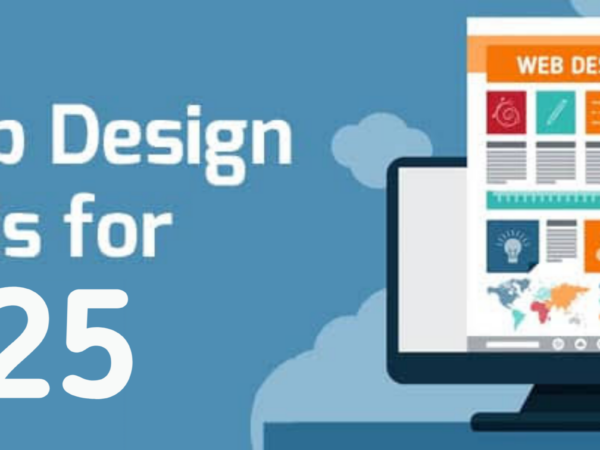
Typography plays a crucial role in web design, as it can make or break the user experience. Well-chosen typography can enhance readability, convey meaning, and add visual appeal to a website. In this article, we’ll explore the importance of typography in web design and provide tips on how to choose the right fonts for your website.
The Importance of Typography in Web Design
1. Readability: Typography can greatly impact the readability of your website’s content. A clear and legible font can help users quickly scan and understand your content.
2. Visual Hierarchy: Typography can help create a visual hierarchy on your website, guiding users’ attention to the most important elements.
3. Brand Identity: Typography can be a key element of your brand’s identity, helping to establish your brand’s personality and tone.
4. Emotional Connection: Typography can evoke emotions and create a connection with your users. For example, a serif font can convey a sense of tradition and professionalism.
Choosing the Right Fonts
1. Font Styles: There are several font styles to choose from, including serif, sans-serif, script, and display fonts. Each style has its own unique characteristics and uses.
2. Font Sizes: Choosing the right font size is crucial for readability. A general rule of thumb is to use a font size between 16px and 24px for body text.
3. Line Height: The line height, also known as leading, can greatly impact readability. A general rule of thumb is to use a line height of at least 1.5 times the font size.
4. Font Combinations: Combining different fonts can add visual interest to your website. However, it’s essential to choose fonts that complement each other.
Best Practices for Web Typography
1. Use a Limited Color Palette: Using too many colors can create visual noise and make your website harder to read. Stick to a limited color palette and use typography to create visual interest.
2. Use Font Sizes to Create a Visual Hierarchy: Use font sizes to create a visual hierarchy on your website, with larger fonts for headings and smaller fonts for body text.
3. Use Line Height to Improve Readability: Use a line height of at least 1.5 times the font size to improve readability.
4. Test Your Typography: Test your typography on different devices and browsers to ensure it looks great everywhere.
Tools and Resources for Web Typography
1. Google Fonts: Google Fonts is a vast library of free and open-source fonts that you can use on your website.
2. Font Squirrel: Font Squirrel is a website that offers a wide range of free fonts for commercial use.
3. Typewolf: Typewolf is a website that showcases the best fonts for web design, along with examples of how to use them.
4. Canva Design School: Canva Design School is a website that offers tutorials and resources on web design, including typography.
Conclusion
Typography plays a vital role in web design, and choosing the right fonts can make a huge difference in the user experience. We have professionals who can help improve your website’s visibility by creating a beautiful and readable website that engages your users, your website ranking, and user experience, and ultimately drive more traffic and conversions.
Reach out to us now Via:
🌐 www.timestweb.net ; www.timestweb.com
📧 start@timestweb.net
📞 – +234 813 587 7642; +234 915 745 2665




